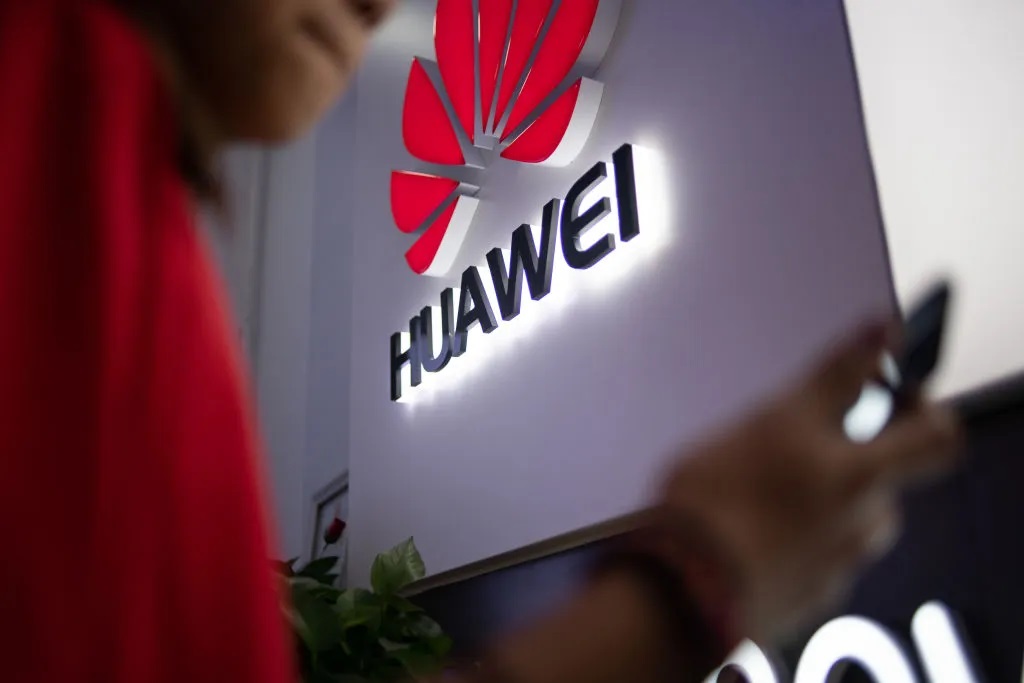As the race for dominance in the artificial intelligence (AI) sector heats up, Huawei is reportedly making significant strides by developing a new AI processor aimed at competing with NVIDIA’s leading H100 GPU. While NVIDIA has long been at the forefront of AI hardware with its Blackwell series of GPUs, Huawei’s forthcoming chip, known as the Ascend 910D, is believed to utilize a multi-die design that could potentially elevate its performance beyond that of current offerings. This latest rumor stems from various social media platforms, shedding light on Huawei’s ongoing efforts despite the constraints imposed by international sanctions.
Huawei’s Chip Strategy Amid Production Challenges
In the backdrop of U.S. sanctions, which have severely restricted Huawei’s access to cutting-edge manufacturing technologies and partnerships, the company has turned to innovative strategies to overcome its limitations. Reports indicate that Huawei has managed to secure older chip dies before the sanctions took effect, allowing them to package multiple dies together to create highly efficient AI processors. A single chip die is a distinct unit that can be combined with others through advanced packaging techniques to enhance processing capabilities. This innovative multi-die approach could be crucial as Huawei seeks to catch up with NVIDIA in the high-performance AI segment.
Currently, Huawei’s Ascend 910C processors are created using two chip dies, but the new Ascend 910D is anticipated to integrate four dies. This new configuration may allow Huawei to rival NVIDIA’s H100, which has been widely praised for its performance in AI training tasks. Notably, the NVIDIA H100 was launched in 2022 and has been instrumental in powering advanced applications such as OpenAI’s ChatGPT, established using the predecessor A100 chip. However, with the U.S. sanctions preventing NVIDIA from supplying its products to China, the competition dynamics have shifted.
Insight into Production Capacity and Future Projections
Recent investigations suggest that Huawei has access to a substantial inventory of chip dies, with figures estimating around two million available for production. However, the actual output may be significantly lower due to production inefficiencies inherent in packaging processes. According to reports, while Huawei could theoretically produce up to 400,000 Ascend 910D chips using 1.5 million dies, factors such as yield rates and manufacturing challenges could drastically reduce this number. For instance, U.S. estimates project that China, as a whole, might only be able to produce around 200,000 AI chips by 2025 due to the limitations imposed by existing technology sanctions, which could impact the scalability of Huawei’s operations.
Looking forward, there are indications that the Ascend 910D may not be the end of Huawei’s ambitions in the AI arena. Industry whispers suggest that a successor, likely named the Ascend 920, is already in the pipeline. This new processor is expected to utilize a two-die configuration as the baseline and could potentially integrate with NVIDIA products, supporting a broader framework for general-purpose graphics processing units (GPGPUs). Such an alignment could symbolize a strategic shift in how Huawei approaches hardware compatibility in a landscape increasingly dominated by NVIDIA solutions. Early shipments of the Ascend 920 could begin as soon as 2027.
Market Impact and Industry Reaction
The introduction of the Ascend 910D and its potential performance metrics not only stands to elevate Huawei’s market position but also signals an ongoing confrontation between Chinese tech firms and their American counterparts. The ability of Huawei to produce competitive chips despite sanctions presents a significant challenge to NVIDIA and similar companies. Analysts believe that this could provoke a response from U.S. manufacturers, which could include developing new partnerships or technologies aimed at reinforcing their leading position in the AI chip market.
As Huawei continues to navigate these complex dynamics, its advancements serve as a reminder of the ever-changing landscape of the tech industry. With AI hardware becoming increasingly vital across various sectors, the competition will only intensify in the coming years. Industry observers will be watching closely to see how the developments from Huawei influence both market trajectories and technological innovation overall.
Quick Reference Table
| Component | Details |
|---|---|
| Current Model | Ascend 910C |
| New Model | Ascend 910D |
| Projected Performance | Competitive with NVIDIA H100 |
| Chip Dies Available | ~2 million |
| Estimated Production Capacity (2025) | ~200,000 AI chips |
| Future Model | Ascend 920 |
As the market landscape evolves, Huawei’s approach and innovations will undoubtedly shape the future of AI processing and chip manufacturing.

